The Household Air Care Product Market is characterized by a dynamic competitive landscape, driven by increasing consumer awareness regarding indoor air quality and a growing preference for sustainable products. Major players such as Procter & Gamble (US), Reckitt Benckiser (GB), and SC Johnson (US) are at the forefront, each adopting distinct strategies to enhance their market presence. Procter & Gamble (US) emphasizes innovation in product formulation, focusing on eco-friendly ingredients and packaging, while Reckitt Benckiser (GB) leverages its strong brand portfolio to penetrate emerging markets. SC Johnson (US) is actively pursuing partnerships to expand its product offerings, particularly in the realm of natural air care solutions. Collectively, these strategies contribute to a competitive environment that is increasingly focused on sustainability and consumer-centric innovation.
Key business tactics within the Household Air Care Product Market include localizing manufacturing and optimizing supply chains to enhance efficiency and responsiveness to consumer demands. The market structure appears moderately fragmented, with several key players holding substantial market shares. This fragmentation allows for a diverse range of products and innovations, yet the influence of major companies remains significant, shaping consumer preferences and market trends.
In August 2025, Procter & Gamble (US) announced the launch of a new line of air fresheners that utilize plant-based ingredients, reflecting a commitment to sustainability. This strategic move not only aligns with consumer demand for eco-friendly products but also positions the company as a leader in the green air care segment. The introduction of this product line is likely to enhance brand loyalty among environmentally conscious consumers, thereby strengthening Procter & Gamble's market position.
In September 2025, Reckitt Benckiser (GB) unveiled a partnership with a tech startup to integrate AI-driven scent personalization into its air care products. This innovative approach aims to enhance user experience by allowing consumers to customize fragrances based on their preferences. Such a strategy not only differentiates Reckitt Benckiser's offerings but also reflects a broader trend towards digitalization in the household air care sector, potentially attracting a tech-savvy demographic.
In July 2025, SC Johnson (US) expanded its product line by acquiring a niche brand specializing in organic air care solutions. This acquisition is indicative of SC Johnson's strategy to diversify its portfolio and cater to the growing demand for natural products. By integrating this brand, SC Johnson may enhance its competitive edge and appeal to consumers seeking healthier alternatives in air care.
As of October 2025, the competitive trends within the Household Air Care Product Market are increasingly defined by digitalization, sustainability, and the integration of advanced technologies. Strategic alliances, such as partnerships between traditional manufacturers and tech companies, are reshaping the landscape, fostering innovation and enhancing product offerings. Looking ahead, it appears that competitive differentiation will evolve from traditional price-based competition to a focus on innovation, technological advancements, and supply chain reliability, as companies strive to meet the changing preferences of consumers.


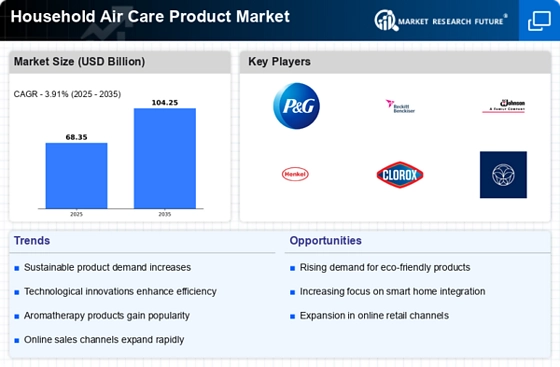
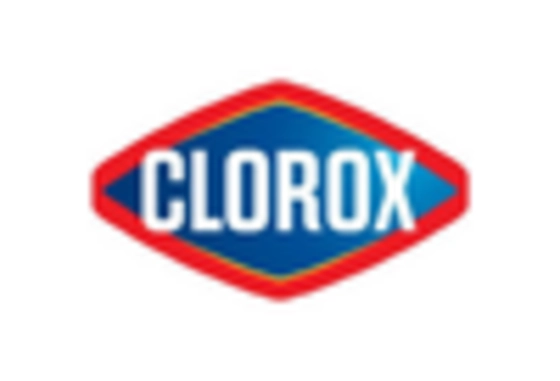

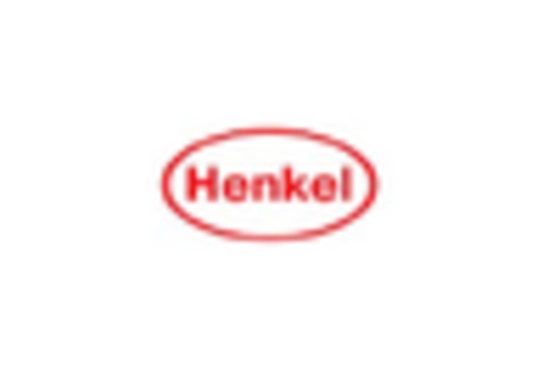
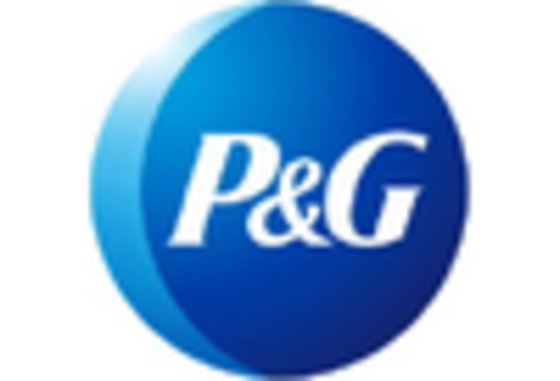
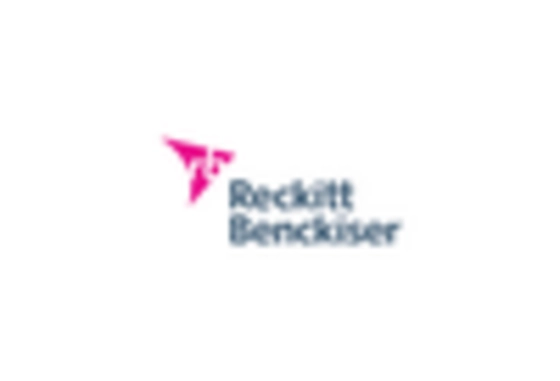
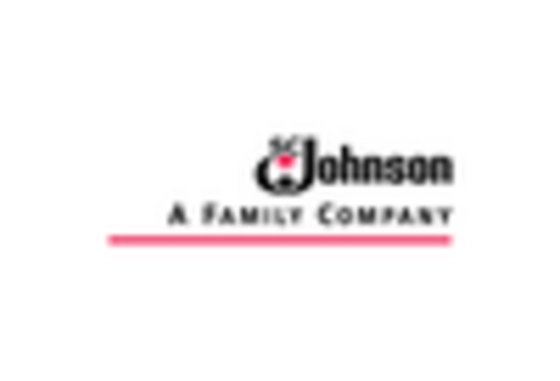








Leave a Comment